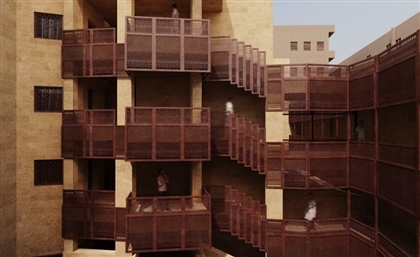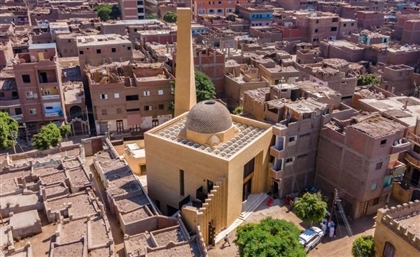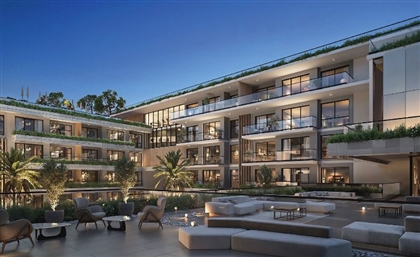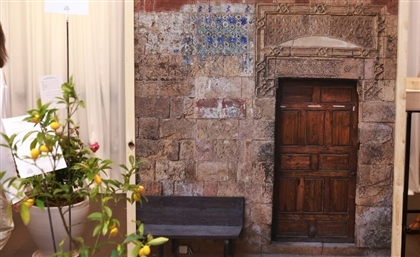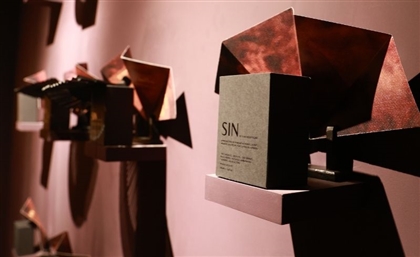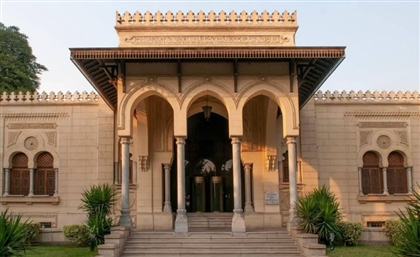Dar Arafa Architecture Tests Load-Bearing Design With Upcycled Bricks
Near the Giza Plateau, Dar Arafa Architecture's Art Center tests new materials and solar-integrated, load-bearing design.
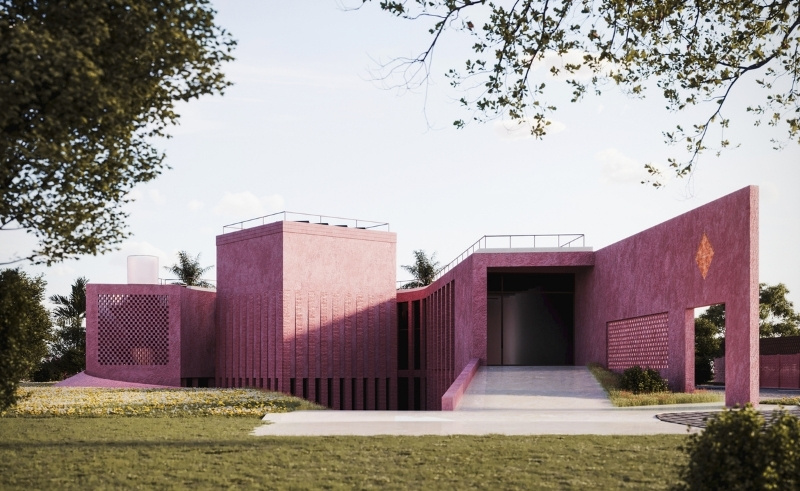
Set within the quiet landscape of Mansouria, just 20 minutes from the Giza Plateau, Dar Arafa Architecture's latest project explores how architecture can embody both material intelligence and philosophical clarity. Designed by Waleed Arafa as a personal museum for a leading Egyptian artist and scholar of Arabic art and design, the Art Center will house his body of work—abstract compositions inspired by the Holy Qur’an—alongside small studios for young practitioners and outdoor gathering spaces.-ee8b094f-72c2-4af6-8a14-82701351b7b6.jpg) “The artist’s philosophy is deeply objective, grounded in the same cosmic laws that govern the environment,” Arafa tells SceneHome. “That made it easier to let the architecture respond to those same principles—of structure, light, and energy.”
“The artist’s philosophy is deeply objective, grounded in the same cosmic laws that govern the environment,” Arafa tells SceneHome. “That made it easier to let the architecture respond to those same principles—of structure, light, and energy.”-699269c8-0b8e-44fd-804d-99d0f30bc30e.jpg) This clarity extends into construction. The building is formed almost entirely from metropolymer, a locally upcycled brick developed with architect Ali Fahmy. Made from construction debris and industrial surplus, the brick is re-fired for strength, cost-efficiency, and colour permanence. Used for both walls and columns, it eliminates the need for surface finishing while achieving full structural integrity.
This clarity extends into construction. The building is formed almost entirely from metropolymer, a locally upcycled brick developed with architect Ali Fahmy. Made from construction debris and industrial surplus, the brick is re-fired for strength, cost-efficiency, and colour permanence. Used for both walls and columns, it eliminates the need for surface finishing while achieving full structural integrity.-99541722-b869-4ea3-a73e-6d2fb4566df2.jpg) “We’re proving that load-bearing architecture can be contemporary,” says Arafa. “It’s also about challenging the conventional habit of building first and thinking about sustainability later. Here, the solar roofing system is part of the building’s anatomy—integral to its structure rather than something placed on top.”
“We’re proving that load-bearing architecture can be contemporary,” says Arafa. “It’s also about challenging the conventional habit of building first and thinking about sustainability later. Here, the solar roofing system is part of the building’s anatomy—integral to its structure rather than something placed on top.”-cdfbf41a-6682-4cb3-ace4-ead6151698a4.jpg) Employing a jack arch system to minimise concrete, the Art Center serves as a testing ground for material performance and construction economy. Modest in scale yet ambitious in intent, it reflects Dar Arafa’s ongoing pursuit of an architecture where experimentation and craftsmanship work hand in hand.
Employing a jack arch system to minimise concrete, the Art Center serves as a testing ground for material performance and construction economy. Modest in scale yet ambitious in intent, it reflects Dar Arafa’s ongoing pursuit of an architecture where experimentation and craftsmanship work hand in hand.
Trending This Month
-
Nov 18, 2025




